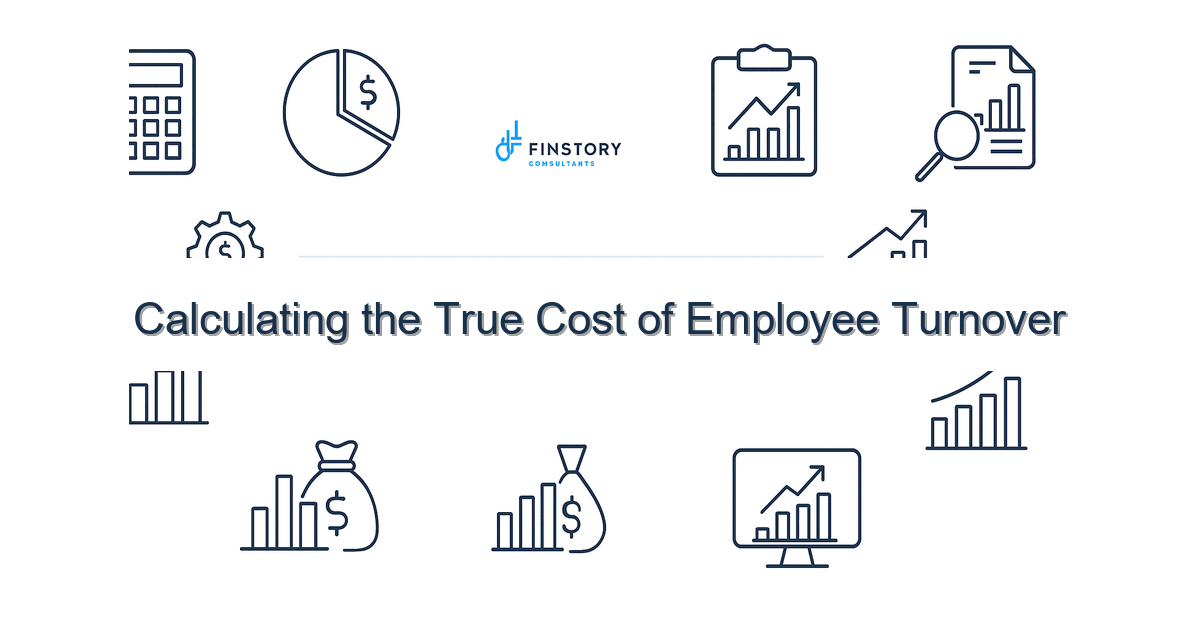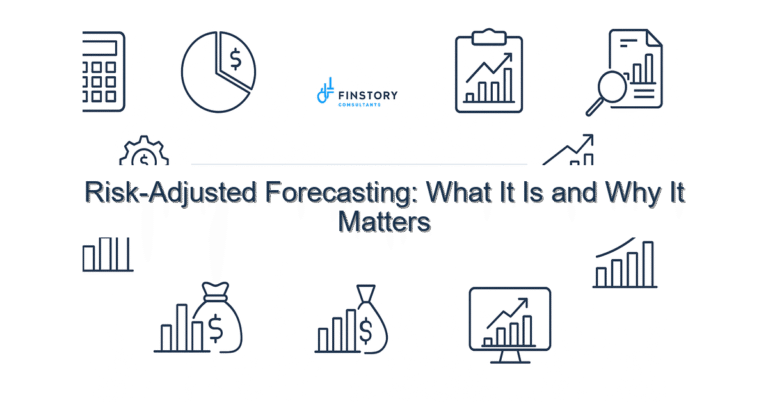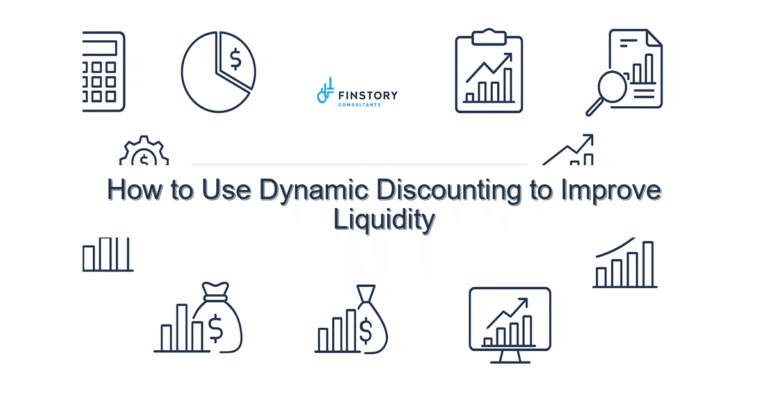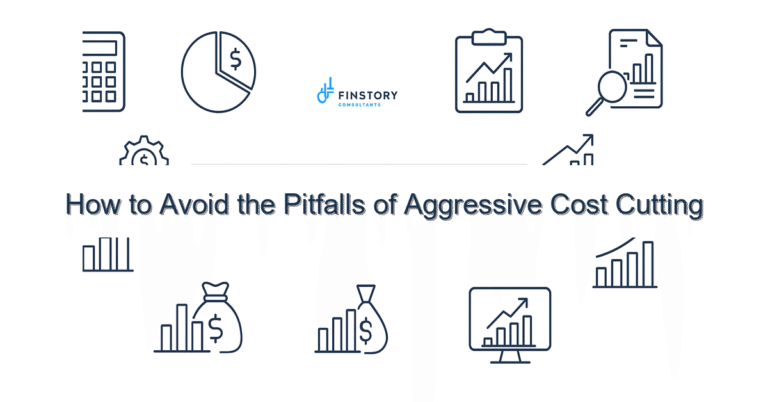Calculating the True Cost of Employee Turnover
Turnover isn’t just an HR headache — it’s a financial and operational problem that shows up in your budget, staffing plans, and patient outcomes. You feel the pressure when a shift goes unfilled or overtime spikes; you deserve a clear way to measure what that actually costs.
Summary: Calculate turnover’s true cost by combining direct hiring expenses, lost productivity, clinical risk, and operational knock-on effects into one model. With that number, leaders can prioritize retention investments that pay for themselves and present a defensible ROI to the board.
What’s the real problem?
Healthcare organizations often treat turnover as a personnel metric. But every departure ripples across finance, scheduling, clinical quality, and patient experience. Without a consistent, finance-driven way to tally those ripples, leaders underinvest in prevention and overreact with stopgap fixes.
- Symptoms you’ll recognize: frequent reliance on agency staff and premium overtime.
- Departments with “permanent temporary” staffing patterns and shifting skill mixes.
- Budget variances tied to headcount but no line-level explanation for where dollars went.
- Slow hiring cycles that leave clinical capacity stretched and throughput reduced.
What leaders get wrong
Many smart leaders make the same mistakes. They’re not bad decisions — they’re incomplete ones.
- They count only direct hiring costs (ads, recruiters, sign-on bonuses) and miss productivity loss and clinical risk.
- They treat turnover as an HR KPI instead of a finance-controlled cost center with measurable ROI on prevention.
- They estimate with gut feel or one-off benchmarks rather than a repeatable model tied to actual hours, dollars, and outcomes.
- They implement morale or engagement programs without linking to modeled savings, so it’s hard to know what works.
A better approach
Build a repeatable, finance-grade model that ties departures to dollars, hours, and patient impact. Keep it simple to start, then refine with data.
- Step 1 — Map the flows: For a role (e.g., med-surg RN), list direct replacement steps: separation, recruiting, onboarding, precepting, and months to full productivity.
- Step 2 — Measure direct costs: recruiter fees, advertising, sign-on, orientation payroll, and agency premiums.
- Step 3 — Quantify hidden costs: lost productivity hours, backfill overtime, reduced throughput, and marginal increases in adverse events or readmissions where measurable.
- Step 4 — Model scenarios: baseline turnover vs. a 10–20% reduction to estimate savings and ROI on retention programs.
- Step 5 — Embed into reporting: connect the model to monthly finance dashboards to track realized savings and course-correct.
Real-world note: At a 250-bed community hospital we worked with, replacing a med-surg RN averaged $65k in total first-year cost when including agency premiums and lost productivity. By reducing RN turnover 15%, they unlocked roughly $900k annually — enough to fund enhanced preceptor pay and a modest retention bonus and still net a positive ROI within 12 months.
Quick implementation checklist
- Pick 2 high-impact roles (e.g., RNs, CT techs) and map the replacement process for each.
- Pull 12 months of separations, hiring, agency spend, and overtime by role.
- Estimate hours of lost productivity per hire (onboard + ramp) and assign a dollar value.
- Calculate direct hiring costs per role (recruiter fees, ads, sign-on bonuses).
- Quantify premium backfill costs (agency rates, OT) over the vacancy period.
- Model 3 scenarios: current turnover, -10%, and -20% to show potential savings.
- Create a simple one-page scorecard for the CFO and COO with total cost of turnover and projected ROI of retention initiatives.
- Set a 90-day pilot: implement one retention leaver and track realized change in turnover and agency spend.
What success looks like
- Accuracy: Models reconcile within 5–10% of actual monthly finance variances once linked to payroll and AP.
- Cycle time: Hiring time-to-fill reduced by 20–30% in 6 months after process changes.
- Cost reduction: Agency and overtime spend fall by 15–25% depending on role mix.
- ROI: Retention investments show payback within 9–18 months in many cases.
- Operational: Fewer canceled procedures or closed beds due to staff shortages.
Risks & how to manage them
- Risk — Bad data: Incomplete HR or payroll records lead to under/overestimates. Mitigation: Validate with sample reconciliations and a quick audit of separations vs. payroll over three months.
- Risk — Over-attributing savings: Other initiatives (e.g., seasonal demand changes) can look like turnover improvements. Mitigation: Use control groups or staggered rollout to isolate impact.
- Risk — Program fatigue: Staff view retention programs as one-off perks rather than systemic change. Mitigation: Pair financial modeling with operational changes (scheduling, preceptor programs) and monthly leadership reporting.
Tools & data
Start with what you have: payroll exports, HRIS separations, AP for agency invoices, and scheduling data. From there:
- Use finance automation to pull payroll and AP into a single data set quickly.
- Build a Power BI report that updates monthly with turnover costs by role and department.
- Include the turnover scorecard in leadership reporting so CFO, COO, and clinical leaders see the same numbers.
Next steps
If you want to move from anecdotes to accountable dollars, start by modeling two high-impact roles this month. Gather 12 months of data, run the three scenarios, and present a one-page recommendation for a pilot retention investment to the executive team.
When you’re ready for a partner who can map processes, stand up dashboards, and translate results into board-ready decisions, contact Finstory. We work with finance and operations teams in healthcare to turn turnover from an emotional problem into a managed financial metric.
Work with Finstory. If you want this done right—tailored to your operations—we’ll map the process, stand up the dashboards, and train your team. Let’s talk about your goals.
📞 Ready to take the next step?
Book a 20-min call with our experts and see how we can help your team move faster.
Prefer email or phone? Write to info@finstory.net
or call +91 44-45811170.





